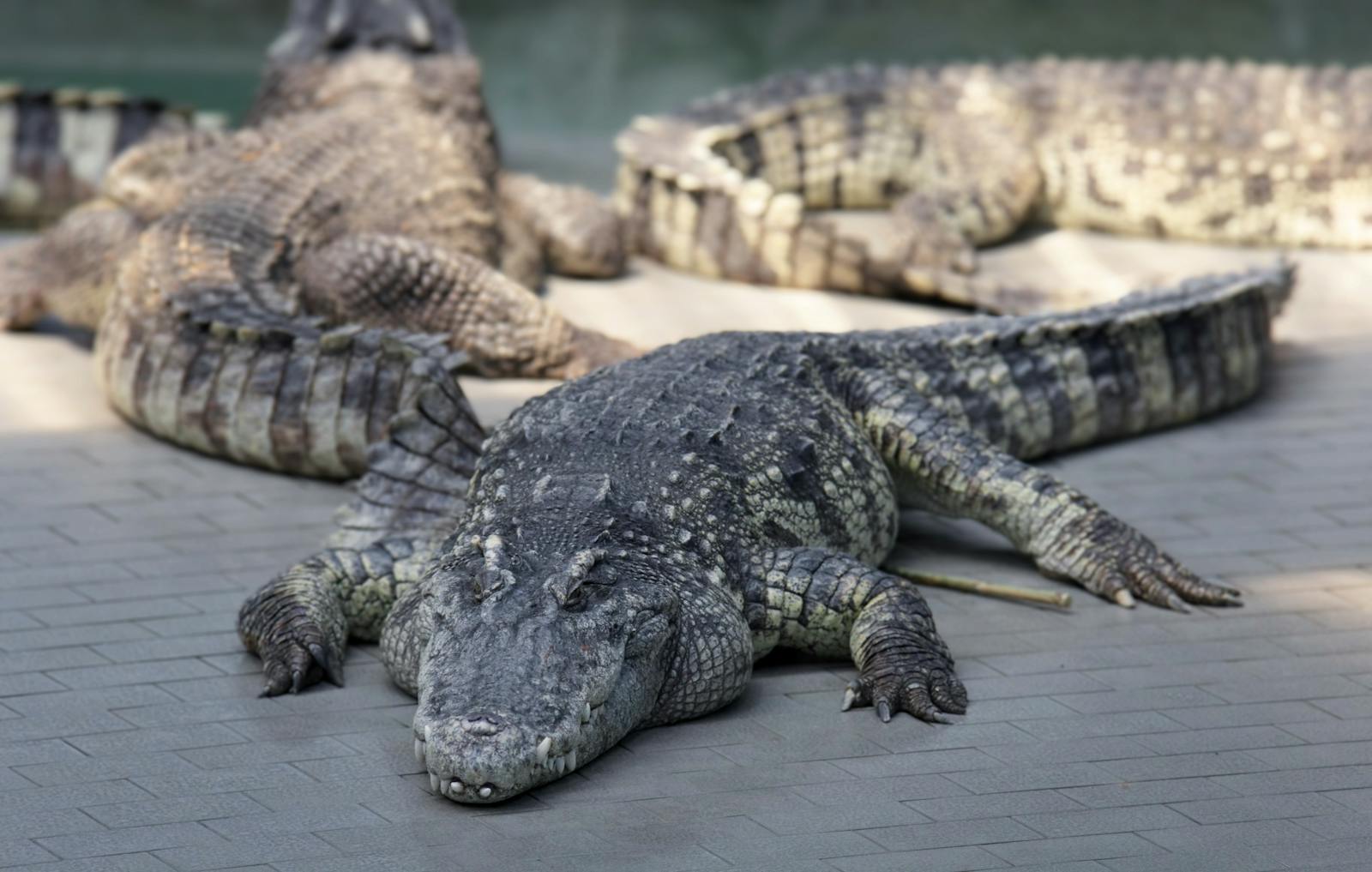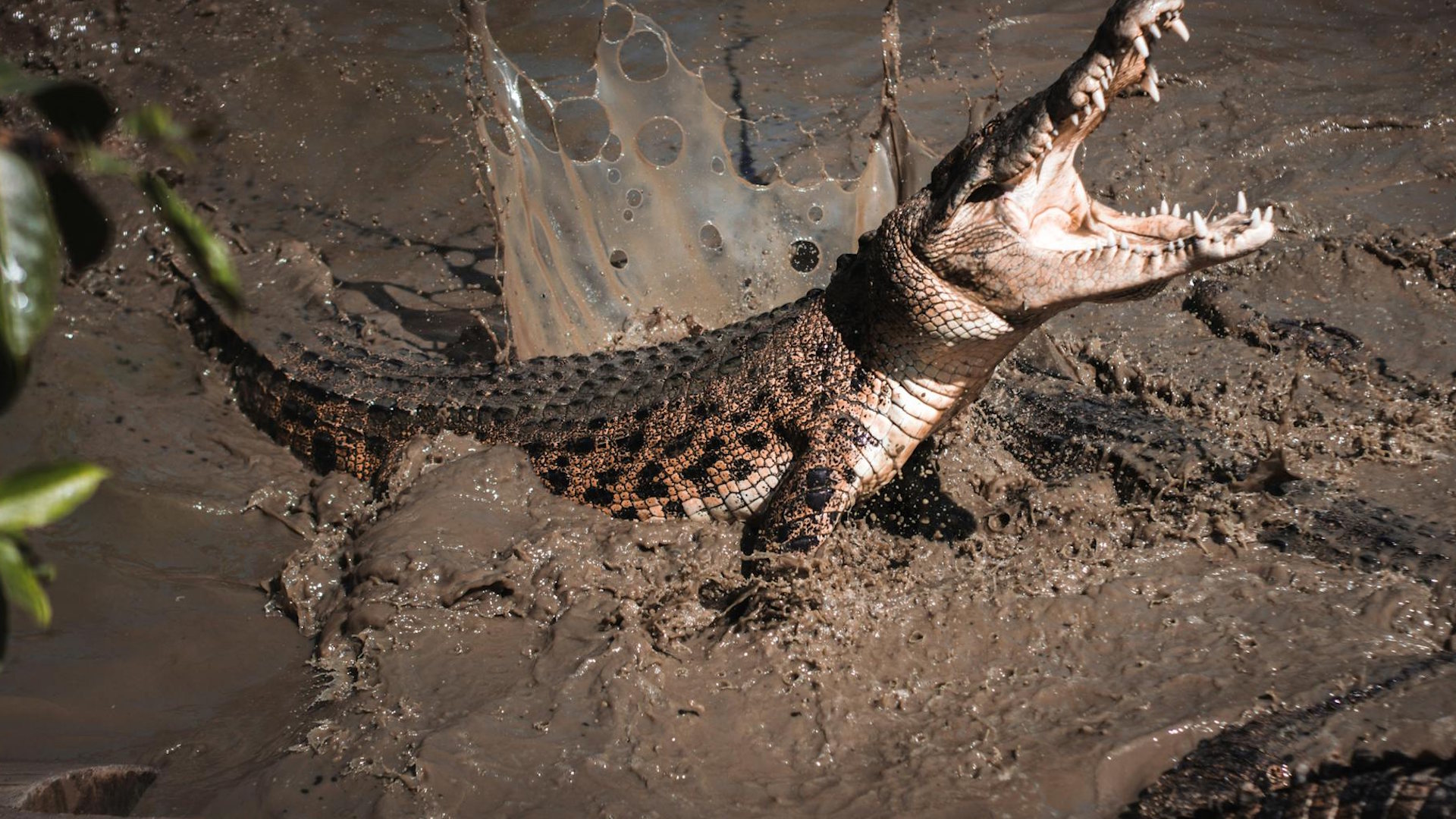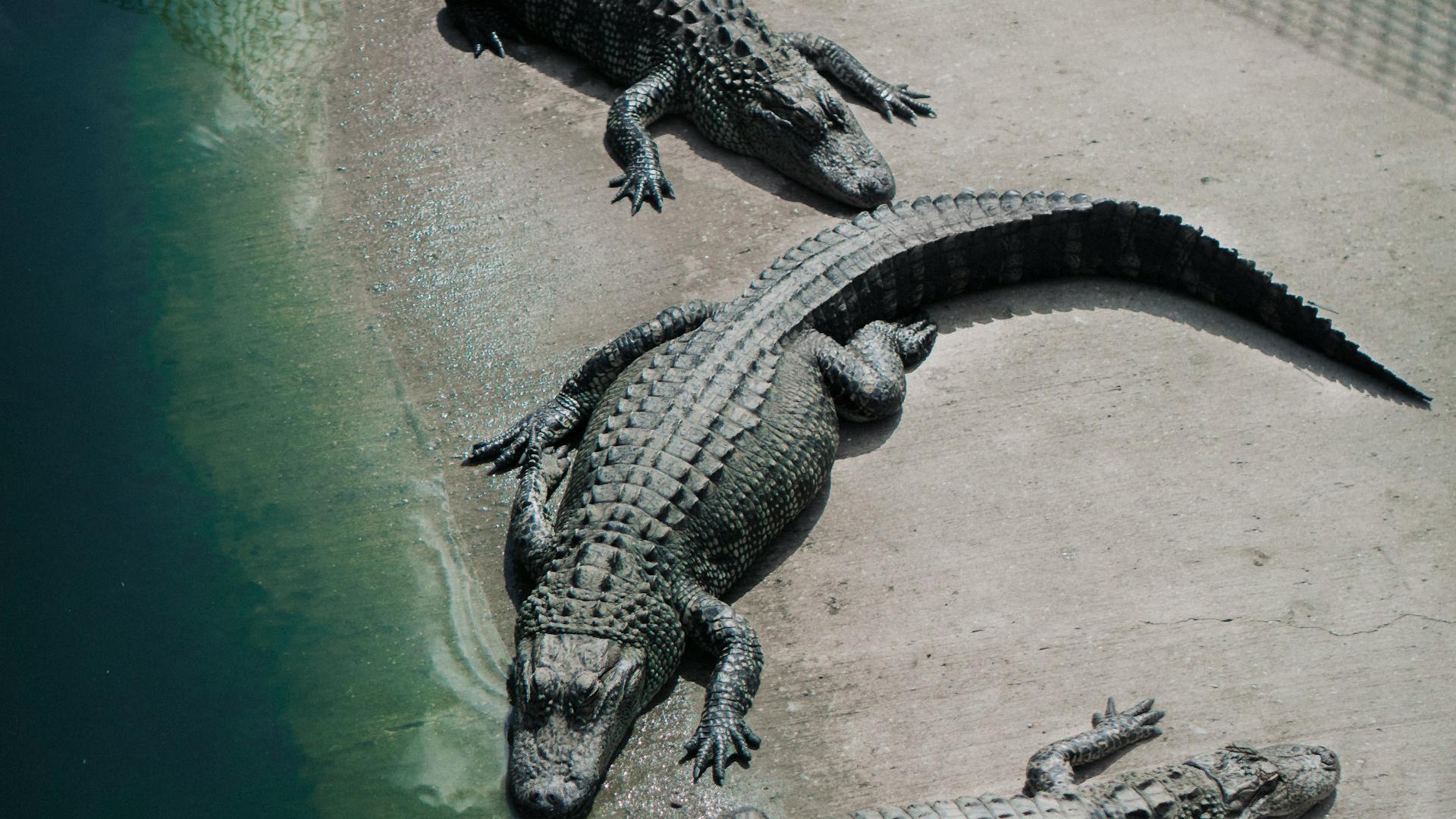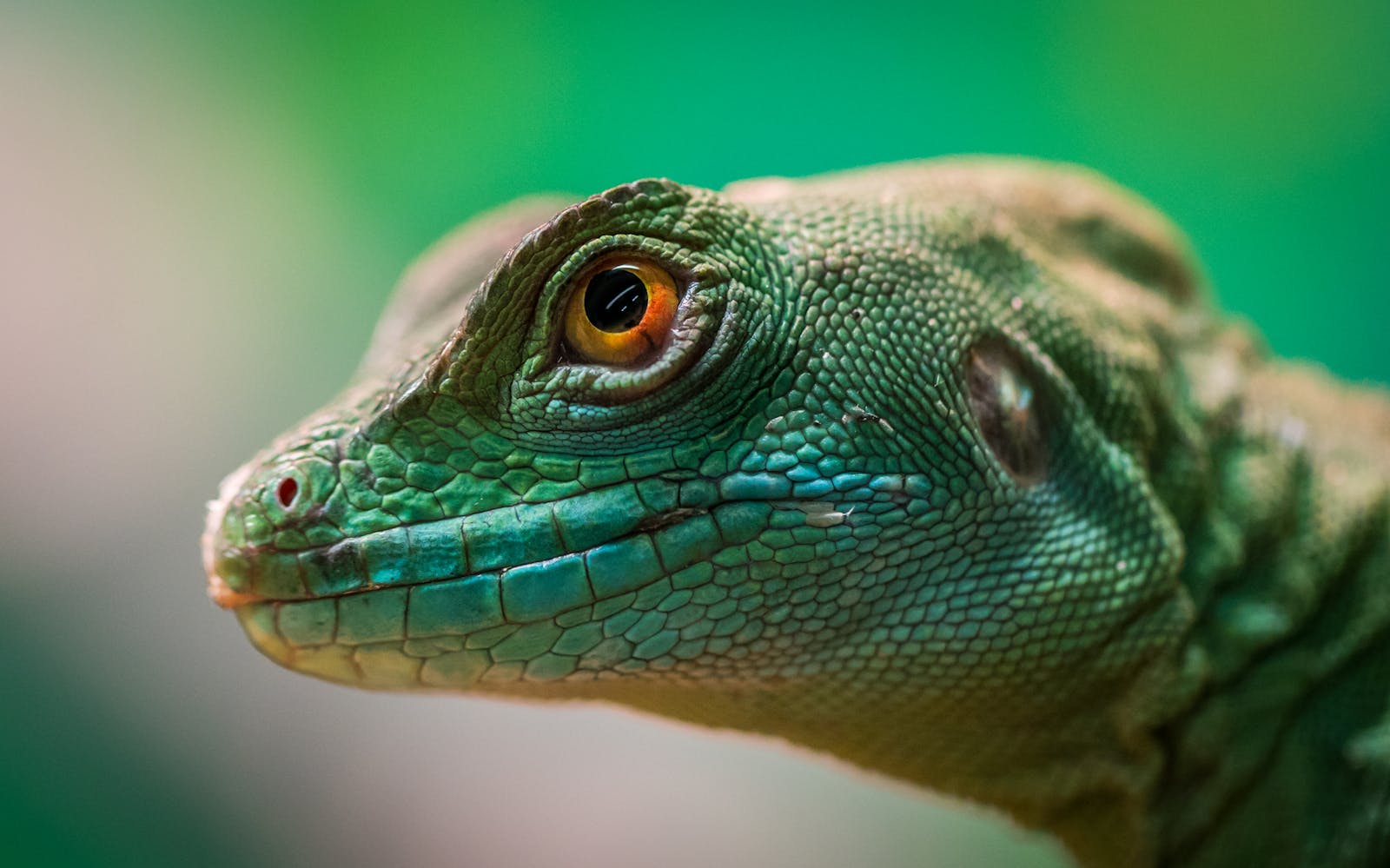The saltwater crocodile stands as nature’s perfect predator—a living fossil whose design has remained largely unchanged for over 200 million years. Dominating the waterways across Northern Australia, Southeast Asia, and the eastern Indian Ocean, these magnificent reptiles represent the pinnacle of evolutionary success in the predatory realm. With jaws that can exert more pressure than any other animal on Earth and an ambush hunting style perfected over eons, saltwater crocodiles have earned their reputation as the most formidable reptilian predators alive today. Their journey to apex predator status is a fascinating tale of evolutionary adaptation, survival through mass extinctions, and specialized traits that make them uniquely suited to their ecological niche.
The Ancient Origins of Crocodilians

Saltwater crocodiles belong to the order Crocodilia, a group that first appeared during the Late Triassic period around 230 million years ago. These ancient creatures evolved alongside dinosaurs but demonstrated remarkable evolutionary stability, maintaining their basic body plan while countless other species came and went. The ancestors of modern crocodilians survived the mass extinction event that wiped out the dinosaurs 65 million years ago, showcasing their exceptional adaptability. Their semi-aquatic lifestyle and cold-blooded physiology may have helped them weather the catastrophic changes that eliminated many land-dwelling species. This evolutionary resilience provided the foundation for what would eventually become the most powerful reptilian predator on the planet.
Evolution of the Saltwater Crocodile Species
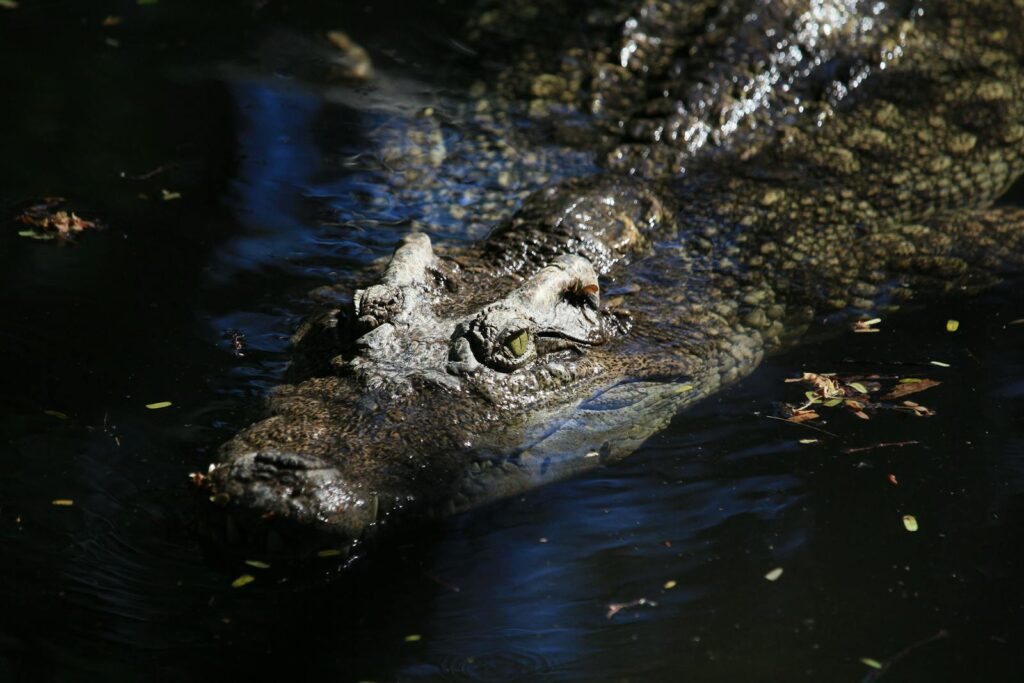
The modern saltwater crocodile (Crocodylus porosus) evolved more recently in evolutionary terms, emerging as a distinct species approximately 4.5 million years ago. This coincided with the formation of island systems in Southeast Asia and Australia, creating the perfect environment for these specialized predators to thrive. Unlike their freshwater relatives, saltwater crocodiles developed specialized salt glands near their tongues that allow them to excrete excess salt, enabling them to survive in brackish and marine environments. This evolutionary adaptation dramatically expanded their habitat range compared to other crocodilians, allowing them to colonize coastal areas and even cross open ocean waters between islands. Their ability to occupy this unique ecological niche with little competition from other large predators helped them secure their dominant position.
Size Dominance: Growing to Legendary Proportions
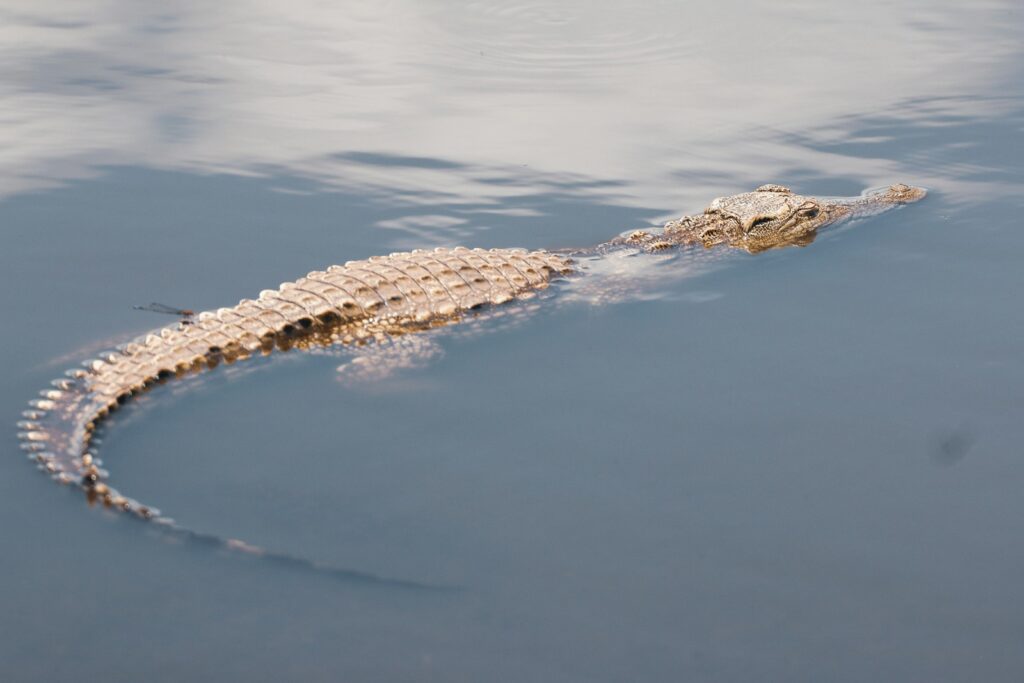
Among the key factors in the saltwater crocodile’s rise to apex predator status is its sheer size—they are the largest reptiles on Earth and the largest crocodilian species. Males commonly reach lengths of 17 feet and weights exceeding 1,000 pounds, with exceptional specimens growing to over 20 feet and 2,000 pounds. This extreme size development is the result of indeterminate growth, meaning they continue growing throughout their lives, albeit at a slower rate as they age. Their massive size confers numerous advantages: they can take down larger prey, they face fewer predators themselves, and they can store more energy reserves to survive during lean periods. The evolutionary pressure toward gigantism has created a predator capable of dispatching virtually any animal that ventures into its territory, from water buffalo to sharks.
The Most Powerful Bite in the Animal Kingdom
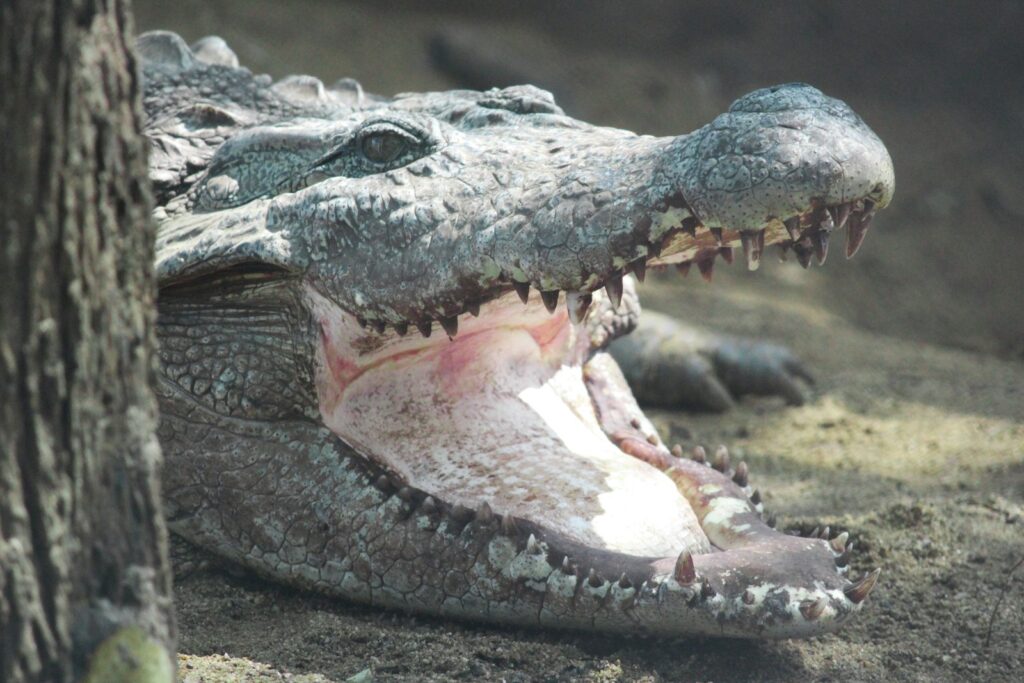
The saltwater crocodile possesses the strongest bite force of any living animal, with measurements reaching an astonishing 3,700 pounds per square inch (psi)—roughly ten times the bite strength of a lion. This devastating bite force comes from specialized jaw muscles and a skull structure evolved specifically for generating maximum crushing power. Unlike mammals, which have jaw muscles attached directly to their skulls, crocodiles possess an additional bone called the pterygoid that acts as a lever, multiplying the force their muscles can generate. Their teeth are designed not just for piercing but for holding struggling prey, with numerous replacements ready to emerge when older teeth are lost. This combination of immense bite strength and replaceable dentition allows them to capture and dispatch prey with remarkable efficiency.
Masters of Ambush Hunting
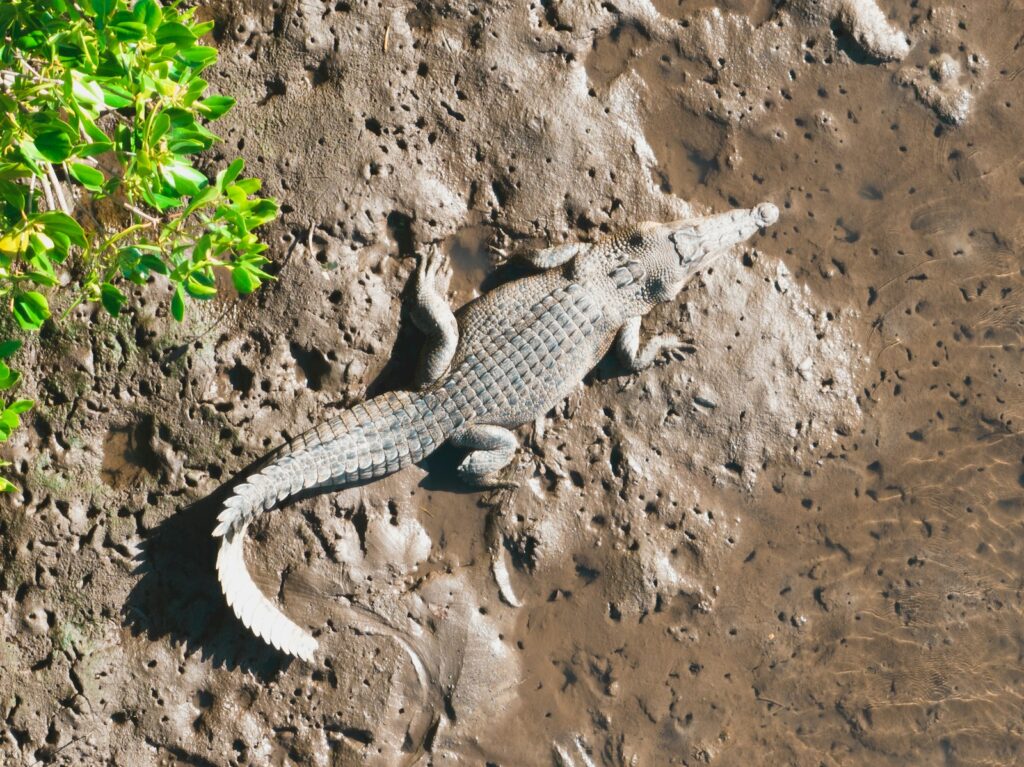
Saltwater crocodiles have perfected the art of ambush predation over millions of years, developing specialized adaptations that make them virtually undetectable until it’s too late for their prey. Their eyes, nostrils, and ears sit atop their heads, allowing them to remain almost completely submerged while still monitoring their surroundings. Special transparent eyelids protect their vision underwater, and one-way valves in their nostrils and throats prevent water from entering their lungs when submerged. Their infamous “death roll”—a spinning maneuver that helps dismember prey too large to swallow whole—represents a hunting technique unique to crocodilians that has proven devastatingly effective. This specialized hunting strategy allows them to conserve energy while maximizing success rates, contributing significantly to their evolutionary dominance.
Sensory Adaptations for Hunting Excellence
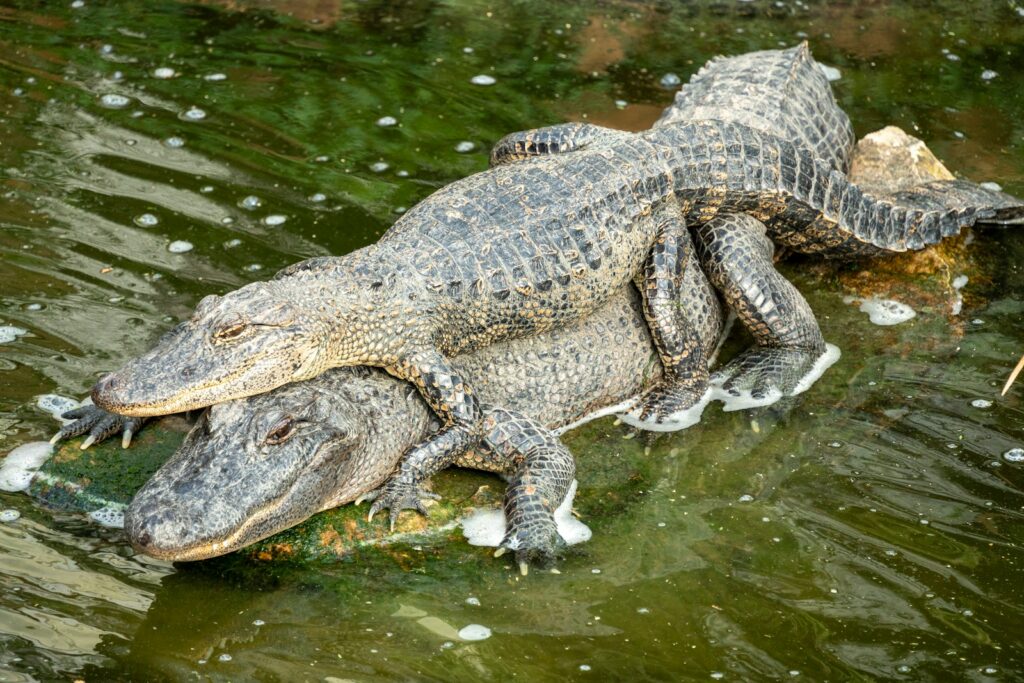
Beyond their physical strength, saltwater crocodiles possess an array of sensory adaptations that make them precision hunters in diverse environments. Their skin contains specialized pressure receptors called dome pressure receptors (DPRs) that can detect the slightest vibrations in water, allowing them to locate prey even in complete darkness or murky conditions. Their eyesight is remarkably well-adapted for both day and night vision, with vertical pupils that adjust quickly to changing light conditions. Additionally, saltwater crocodiles have acute hearing and can detect low-frequency sounds that travel efficiently through water. These combined sensory capabilities create a predator that is virtually impossible to evade once it has detected prey, regardless of light conditions or water clarity.
Physiological Adaptations for Survival
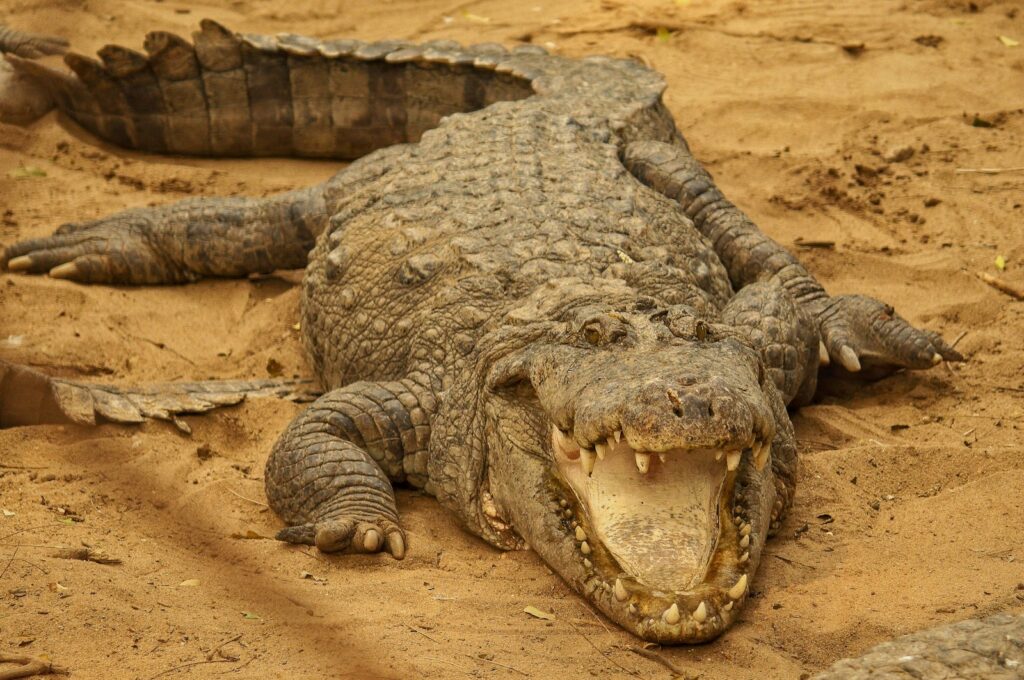
Saltwater crocodiles possess remarkable physiological adaptations that support their predatory lifestyle and contribute to their evolutionary success. Their circulatory system features a specialized heart with four chambers that can shunt blood away from the lungs during extended dives, allowing them to remain submerged for up to two hours. Their metabolism is extraordinarily efficient, enabling them to survive up to a year without a significant meal by drastically lowering their metabolic rate. Specialized valves in their throats permit them to open their mouths underwater without drowning, a crucial adaptation for their ambush hunting style. These physiological specializations represent millions of years of evolutionary refinement that have created a supremely efficient predator capable of thriving in challenging environments where other large predators cannot survive.
Behavioral Intelligence and Learning Capacity
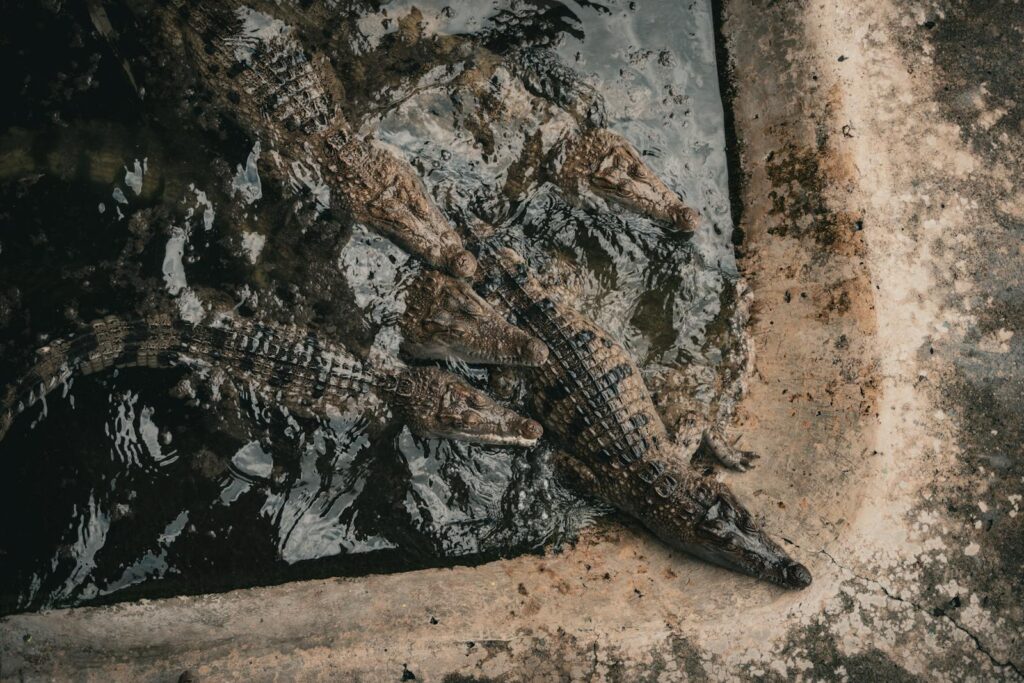
Contrary to the common misconception that reptiles lack intelligence, saltwater crocodiles display sophisticated cognitive abilities that enhance their predatory success. They demonstrate complex social behaviors, territorial patterns, and impressive learning capabilities that have contributed to their evolutionary success. Research has shown that crocodiles can learn to recognize specific sounds associated with feeding and can remember these associations for years. They exhibit strategic hunting behaviors, including deliberately positioning themselves to intercept prey based on observed patterns and coordinating group hunts in some circumstances. Their cognitive flexibility allows them to adapt their hunting strategies based on experience and environmental conditions, making them more successful predators than more instinct-driven species.
Territorial Dominance and Social Structure
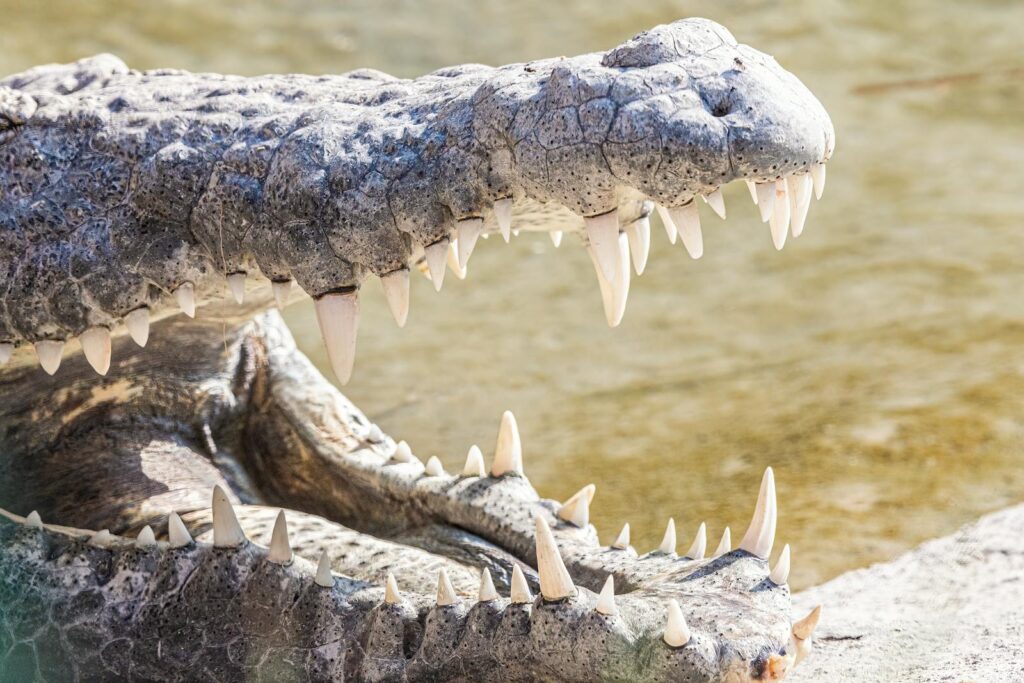
Saltwater crocodiles maintain strict territorial hierarchies that maximize their survival prospects and reproductive success, another factor in their evolutionary dominance. Dominant males control prime territories containing the best hunting and basking spots, aggressively defending these areas against rivals through impressive displays and, if necessary, violent confrontations. This territorial system ensures that the most powerful individuals secure the best resources and mating opportunities, driving natural selection toward ever more formidable predators. Female saltwater crocodiles also display remarkable parental investment, guarding their nests vigilantly and even carrying hatchlings to water in their mouths—a level of parental care unusual among reptiles. This social structure optimizes both individual and species survival, contributing to their continued success across their range.
Dietary Versatility: Opportunistic Apex Predators
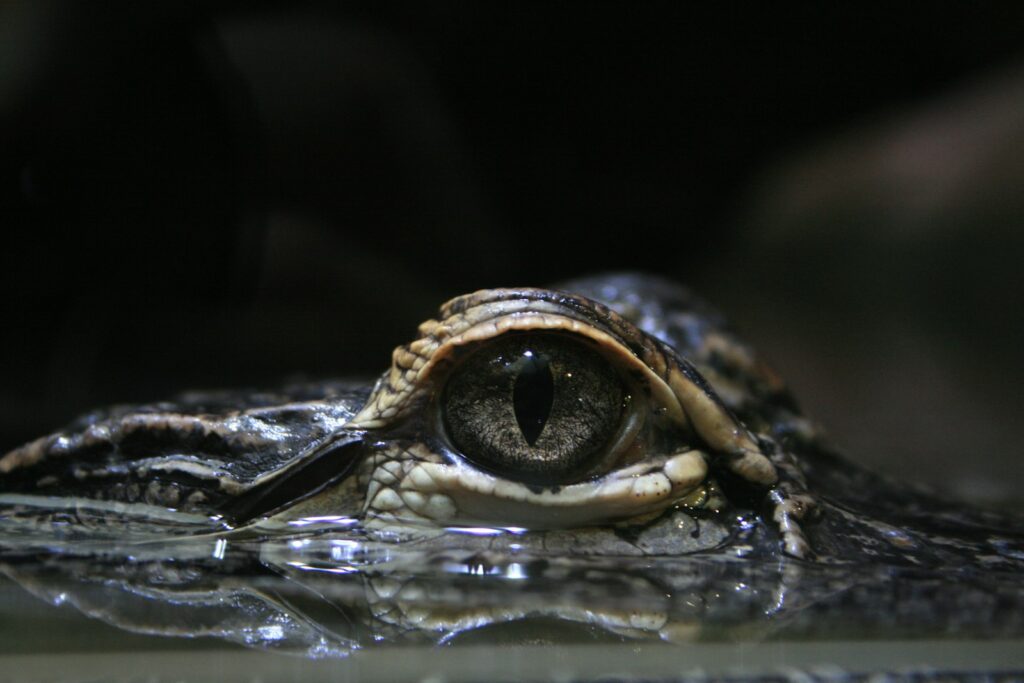
The dietary flexibility of saltwater crocodiles represents another key factor in their evolutionary success as apex predators. Unlike specialists that depend on specific prey species, saltwater crocodiles are extreme opportunists capable of consuming almost any animal they encounter—from fish and crustaceans when young to water buffalo, sharks, and even occasionally humans as adults. This dietary versatility allows them to adapt to changing prey availability and environmental conditions. They can subsist on smaller, more abundant prey when necessary, yet possess the equipment to take down the largest animals in their habitats when the opportunity arises. Their powerful digestive system can process nearly every part of their prey, including bones, hooves, and horns, minimizing waste and maximizing caloric intake from each successful hunt.
Ecological Role as Keystone Predators
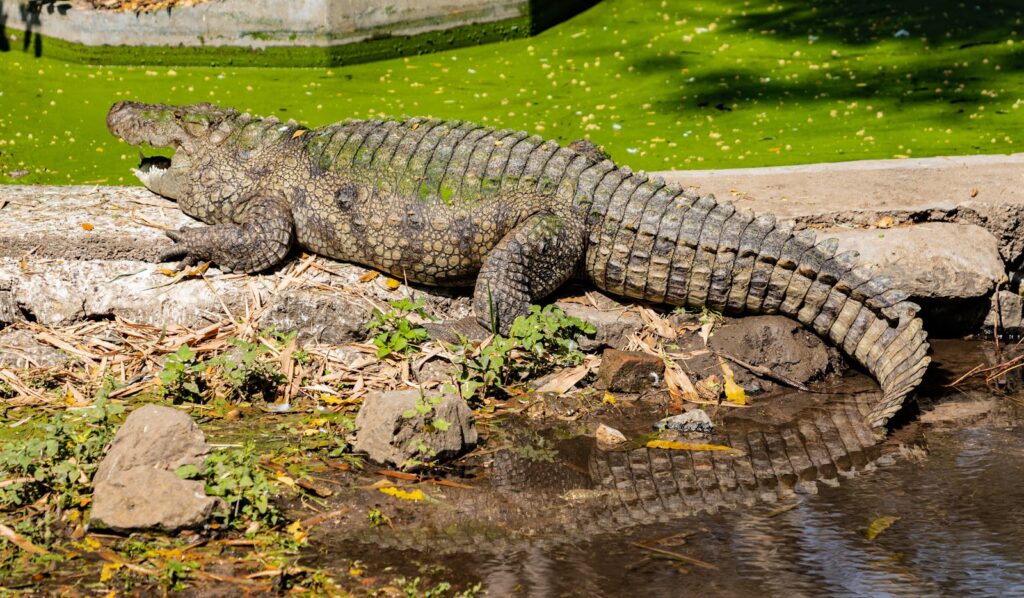
As apex predators, saltwater crocodiles play a crucial ecological role in maintaining the health and balance of their environments. They regulate prey populations, preventing any single species from becoming too dominant and potentially disrupting ecosystem balance. By targeting weak or sick individuals, they help maintain the genetic health of prey species through natural selection. Their feeding behaviors also contribute to nutrient cycling in aquatic ecosystems, as partially consumed prey provides food for scavengers and decomposers. Additionally, their nesting behaviors can alter local landscapes, creating microhabitats that benefit numerous other species. This keystone ecological role has contributed to their evolutionary persistence, as ecosystems that include saltwater crocodiles typically maintain greater biodiversity and resilience.
Survival Through Human Expansion
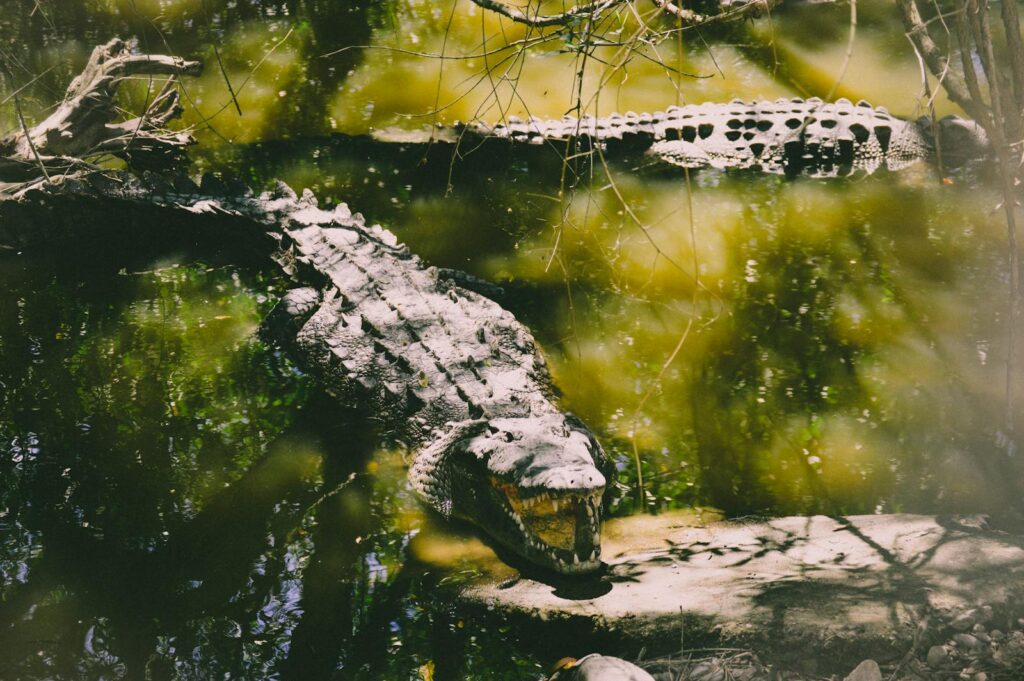
Perhaps the most remarkable testament to the saltwater crocodile’s evolutionary success is its ability to persist despite extensive human persecution throughout the 20th century. After decades of intensive hunting for their valuable skins that pushed them to the brink of extinction in many regions, protected status and conservation efforts have allowed populations to rebound significantly across much of their range. Unlike many large predators that struggle to coexist with human populations, saltwater crocodiles have demonstrated a surprising ability to adapt to human-modified landscapes, sometimes even thriving in areas with moderate human presence such as river systems near towns and cities. This adaptability to anthropogenic change represents the latest chapter in their remarkable evolutionary journey and suggests they may continue to reign as the planet’s most powerful reptilian predator well into the future.
The Future of Evolution’s Perfect Predator
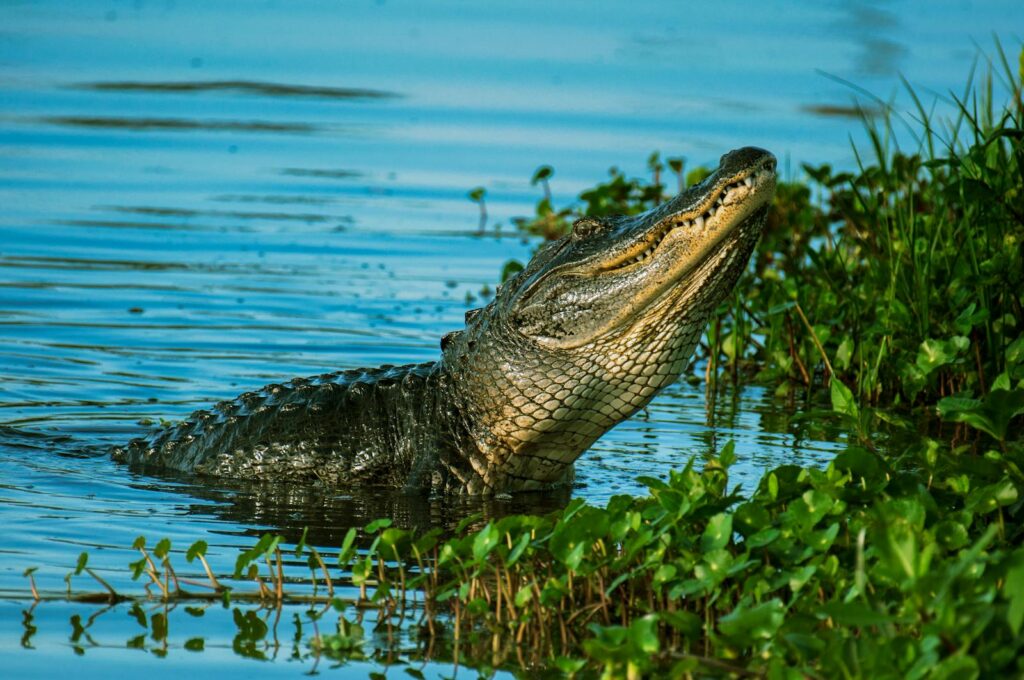
Looking ahead, the saltwater crocodile’s evolutionary trajectory remains a subject of fascination for scientists and conservationists alike. Climate change poses new challenges, potentially altering habitats and affecting temperature-dependent sex determination in their eggs. Continued habitat destruction and pollution threaten some populations, while others face challenges from invasive species competing for resources. However, the saltwater crocodile’s demonstrated resilience through previous planetary upheavals suggests they possess the adaptive capacity to weather these new threats. Conservation efforts focused on habitat protection and sustainable management continue to support population recovery across their range. Having survived for millions of years through periods of dramatic planetary change, saltwater crocodiles stand as living examples of evolutionary perfection—predators so well adapted to their ecological niche that even time itself has found little to improve upon their design.
Conclusion
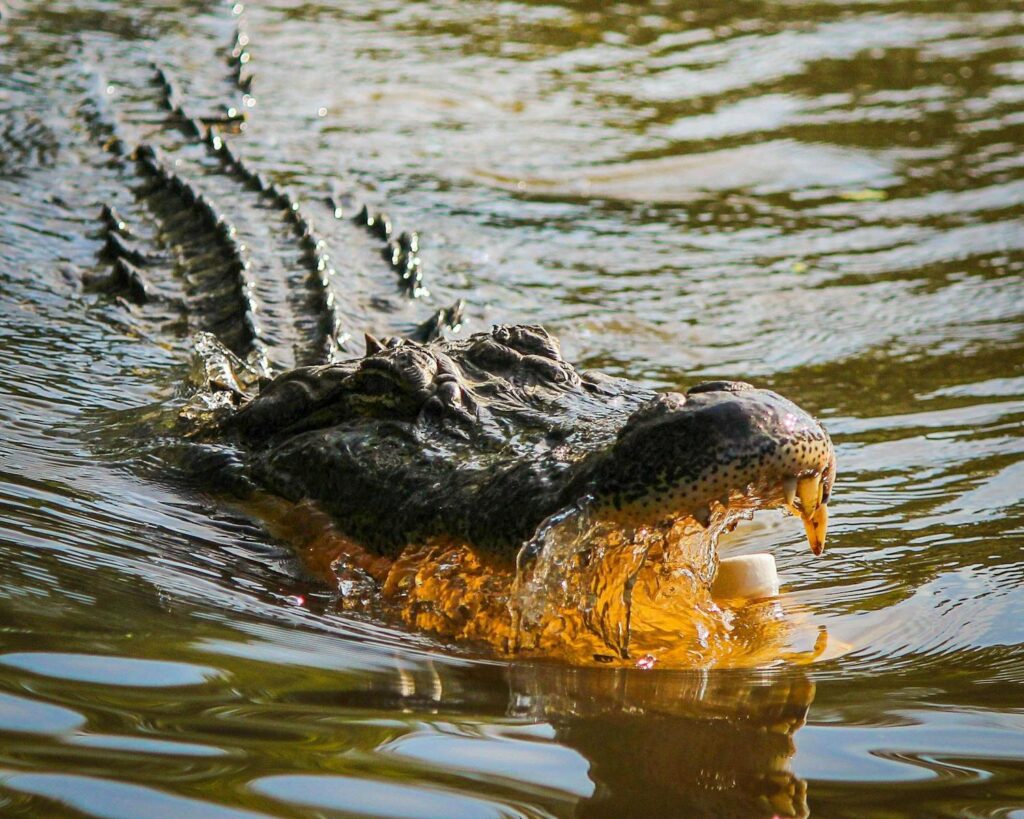
The saltwater crocodile’s reign as the most powerful reptilian predator represents one of evolution’s greatest success stories. Through a combination of physical power, specialized adaptations, behavioral flexibility, and remarkable resilience, these living fossils have maintained their ecological dominance for millions of years. While other predatory species have come and gone, the saltwater crocodile’s fundamental design has remained largely unchanged—a testament to its evolutionary perfection. As humans gain a deeper appreciation for these magnificent creatures, conservation efforts continue to ensure their survival, preserving not just an apex predator but a window into Earth’s prehistoric past and a masterclass in evolutionary success.

